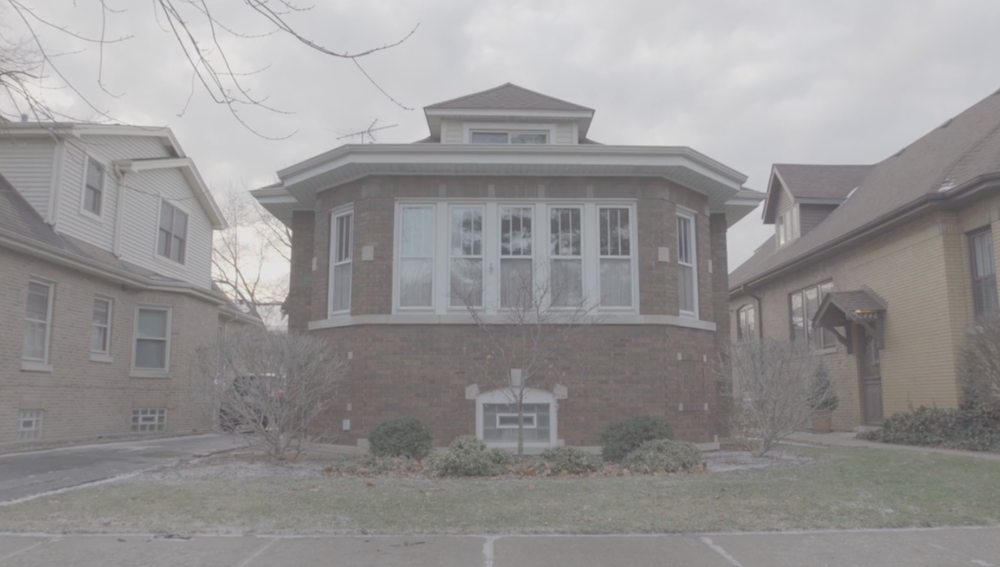The color of a video is an integral part of telling your story. It can affect the mood, tone, and feeling of a piece. We wrote an article on how to use color to tell your story earlier this year that touches on some ways to incorporate color into your project. What we didn’t address yet, however, are the technicalities of the color grading process.
Color grading is often an overlooked part of the video production process because it comes towards the very end, but this does not make it any less important to the final impact your video can have on its viewers. The process is a delicate balance of the technical and the emotional expression that allows the images to work seamlessly together. I called on the expertise of Creative Director Craig Bass and Senior Editor and Colorist Hunter Kallenbach for their insight into the world of color grading.
Craig Bass, Creative Director
"A Colorist performs two major functions: color correction and color grading. Color correction is, as the name implies, focused on addressing any issues with the image itself. Perhaps it is a bit dark, and needs to be lightened up; or, it's possible that there is an undesirable color cast that needs to be removed. Color correction, as the name implies, corrects all of this.
Color grading, on the other hand, involves giving the finished product a specific 'look'. This might be as simple as warming all of the footage up a bit so that it feels 'cozy' or 'inviting'; or, it could be as complicated as a 'desaturated, grungy, neo-noir Western' look. To be fair, no one has ever asked us to do this, but it would be fun! Whereas color correction is very utilitarian, color grading is highly artistic.
With very few exceptions, every project that comes through our doors goes through some sort of color work."
Hunter Kallenbach, Senior Editor
"Color grading is usually the final process applied to the video image. It takes place after we have what is called a 'locked cut' of the video. This means that every visual piece of the video has been approved and is no longer subject to any changes.
One way we shoot video is by using a compressed format with color enhancement applied. This footage will come out of the camera looking like it has under gone some base color work already. The footage will still undergo the same treatment as all of our videos, but the work is usually more centered on balancing the images and is far less intensive for the Colorist."
A side-by-side example of standard footage before and after the color grading process.
"In order to give the Colorist a larger level of latitude when grading projects, we shoot in a format known as LOG. "
Craig Bass, Creative Director
"When we opt to shoot in a LOG mode, these settings allow us to record more information--effectively allowing for a more nuanced image; however, part of how they do this is by removing quite a bit of saturation and contrast from the image. This may sound counterintuitive at first, but it truly does allow for the Colorist to have more freedom in choosing how bright, or dark, an image is; how much contrast to add into the image; where the contrast falls along the dark-light spectrum. Imagine it as allowing an artist more pigments to paint with: the outcome will be an overall more artful image."
Hunter Kallenbach, Senior Editor
"There are several steps within the color grading process that are important to the final look of your video. The first thing a Colorist will do is balance all of the footage. This is one of the more technical aspects of color grading. It is often completed with the aid of a histogram and vector-scope. These tools allow a Colorist to fix basic issues such as under/over exposure and improper white balance. Next, the Colorist will decide on a look/grade for the footage. This is where a little more emotion comes into play. For example, if the Colorist is doing a happy product video involving children's toys, they are probably thinking that they will want it to look warm and inviting, with bright colors and a cheerful mood. If they are working on a video that talks about a somber topic, such as poverty in third-world countries, their thought would probably be to desaturate color and use a palette of blues and browns.
Oftentimes a video will contain multiple tones. The Colorist will use different color styles to lead the audience in the emotional direction of the story."
It's simple to see the difference a color grade makes in the side-by-side photos; now imagine this combined with beautiful imagery and evocative music--it certainly completes the package of your video. To see a few more examples of before and after footage, take a look at this color reel below, and envision what your footage could look like!










